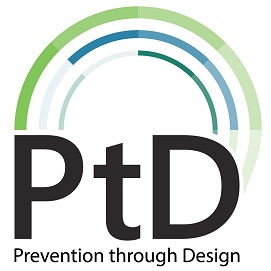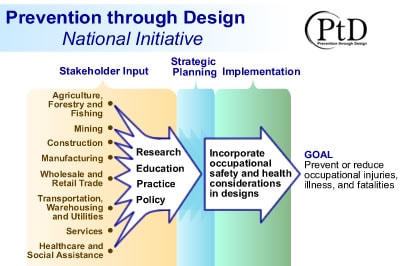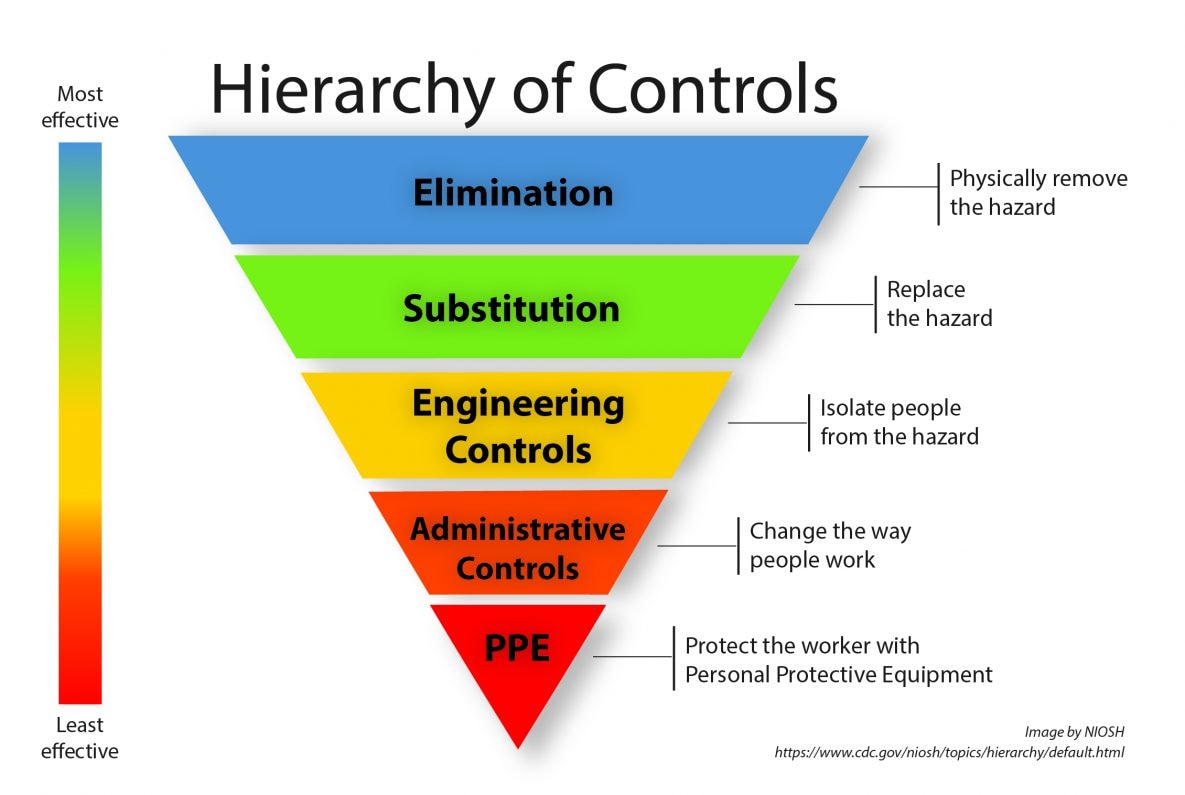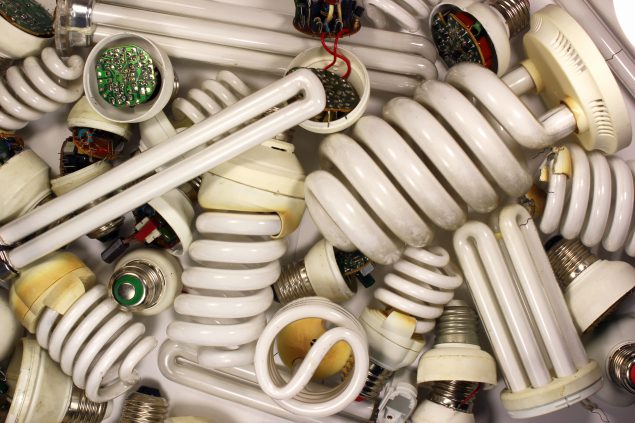Um eletricista que trabalhava em locais onde não havia banheiro e que fazia refeições dentro do caminhão deverá receber indenização por danos morais. Segundo os desembargadores da 3ª Turma do Tribunal Regional do Trabalho da 4ª Região (RS), o empregado esteve submetido a condições precárias e degradantes devido à inexistência de instalações sanitárias e de local apropriado para as refeições. A decisão reformou a sentença proferida pelo juízo da 1ª Vara do Trabalho de Sapucaia do Sul.
De acordo com processo, a atividade do eletricista era desenvolvida em locais desertos, onde não havia estabelecimentos disponíveis para adquirir alimentação ou utilizar o banheiro. Segundo ele, suas necessidades fisiológicas eram feitas em algum matagal próximo ao caminhão. As refeições, por sua vez, eram levadas pelo empregado e armazenadas em temperatura ambiente, portanto estragavam. Além disso, não havia local próprio para comer, o que era feito dentro do próprio caminhão.
A juíza de primeiro grau entendeu não estar caracterizado o dano moral. Segundo ela, “é da essência da atividade externa prestada a ausência de banheiro à disposição a qualquer momento”. Além disso, a magistrada apontou não haver provas de que a empresa impedisse os empregados de se dirigir a um local onde houvesse banheiro, quando desejassem, bem como de que as condições de higiene fossem precárias.
O eletricista recorreu ao TRT-4. Para a relatora do caso na 3ª Turma, desembargadora Maria Madalena Telesca, é incontroverso que a empregadora não se preocupou em garantir um ambiente de trabalho sadio para os seus empregados. “A impossibilidade/restrição do uso do banheiro durante a jornada de trabalho, bem como a submissão do trabalhador a condições precárias para alimentação são abusivas, competindo às rés indenizarem o autor por danos morais”, declarou a magistrada.
A relatora citou ementas de acórdãos referentes a casos similares, em que outras Turmas do TRT-4 decidiram no mesmo sentido. Foi fixada uma indenização de R$ 5 mil.
A decisão foi unânime no colegiado. Também participaram do julgamento os desembargadores Gilberto Souza dos Santos e Ricardo Carvalho Fraga. O acórdão transitou em julgado sem interposição de recurso.
Fonte: Tribunal Regional do Trabalho 4ª Região Rio Grande do Sul, por Bárbara Frank, 13.10.2022




